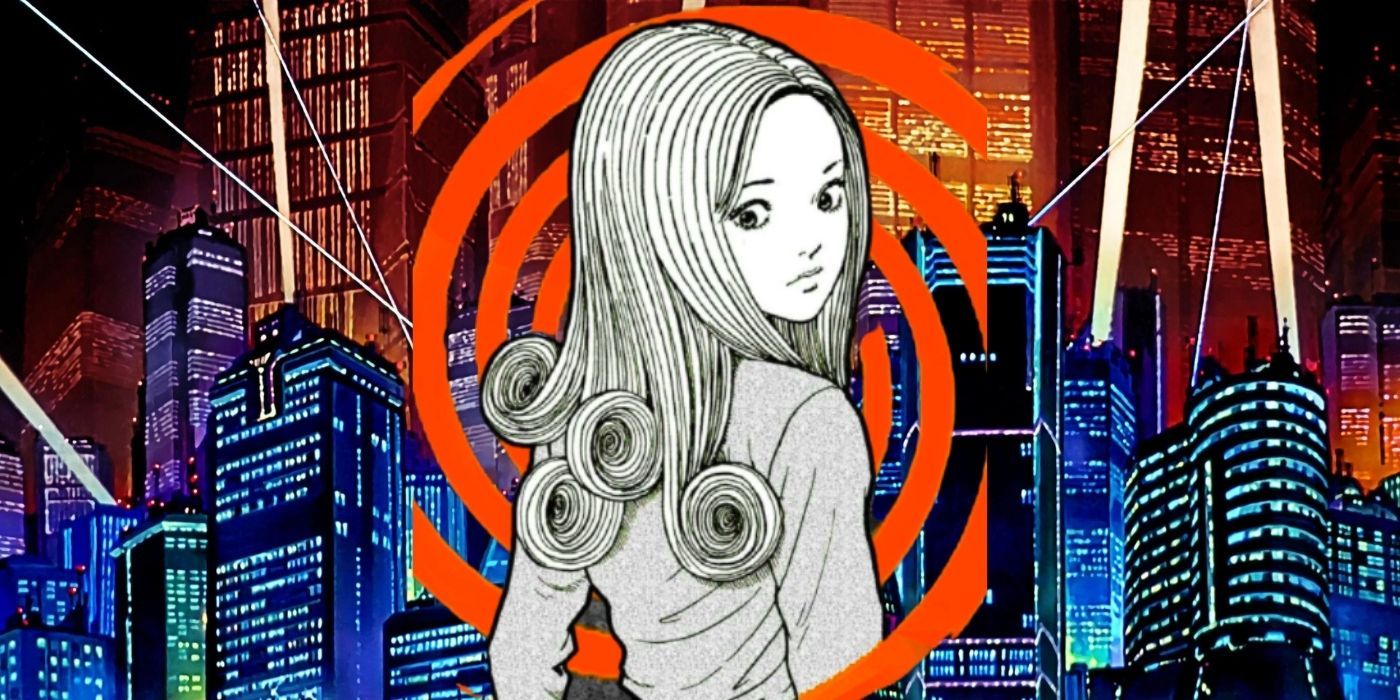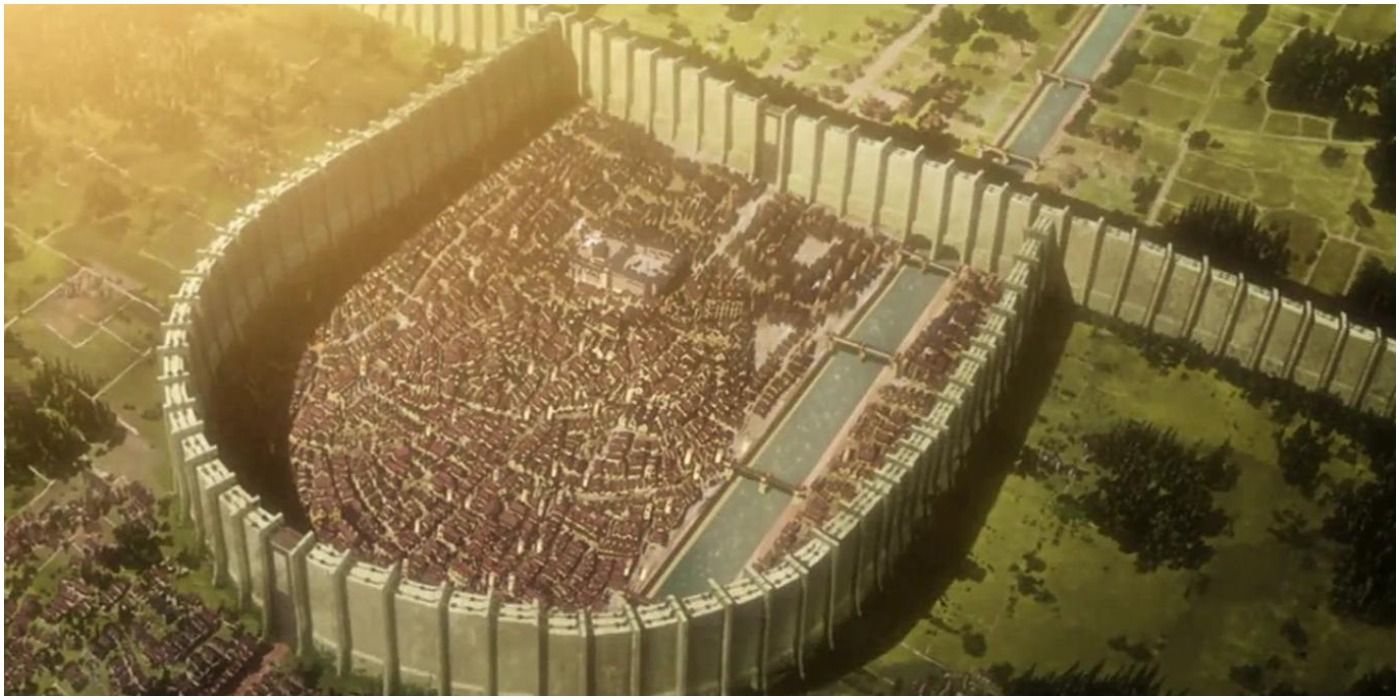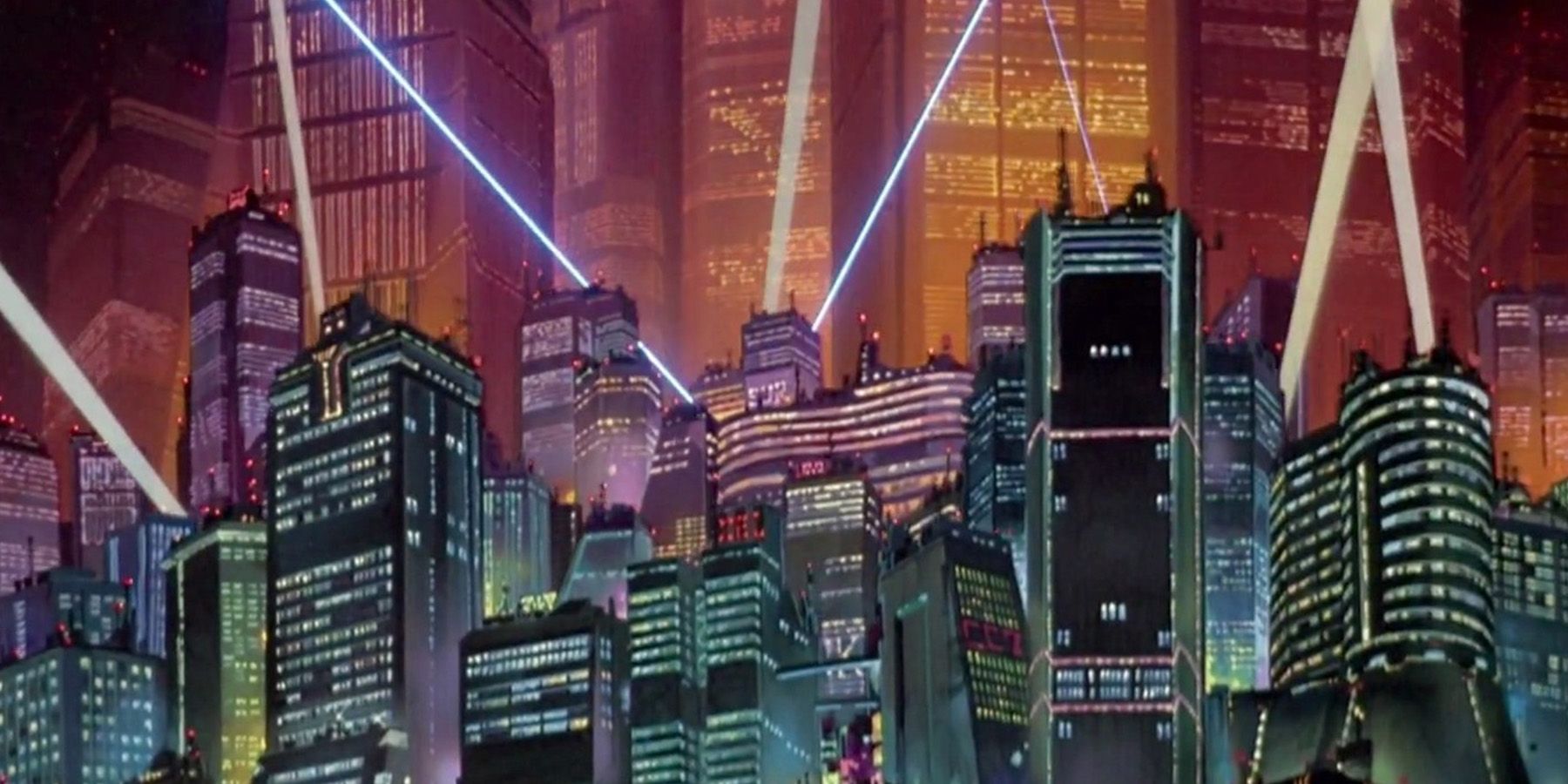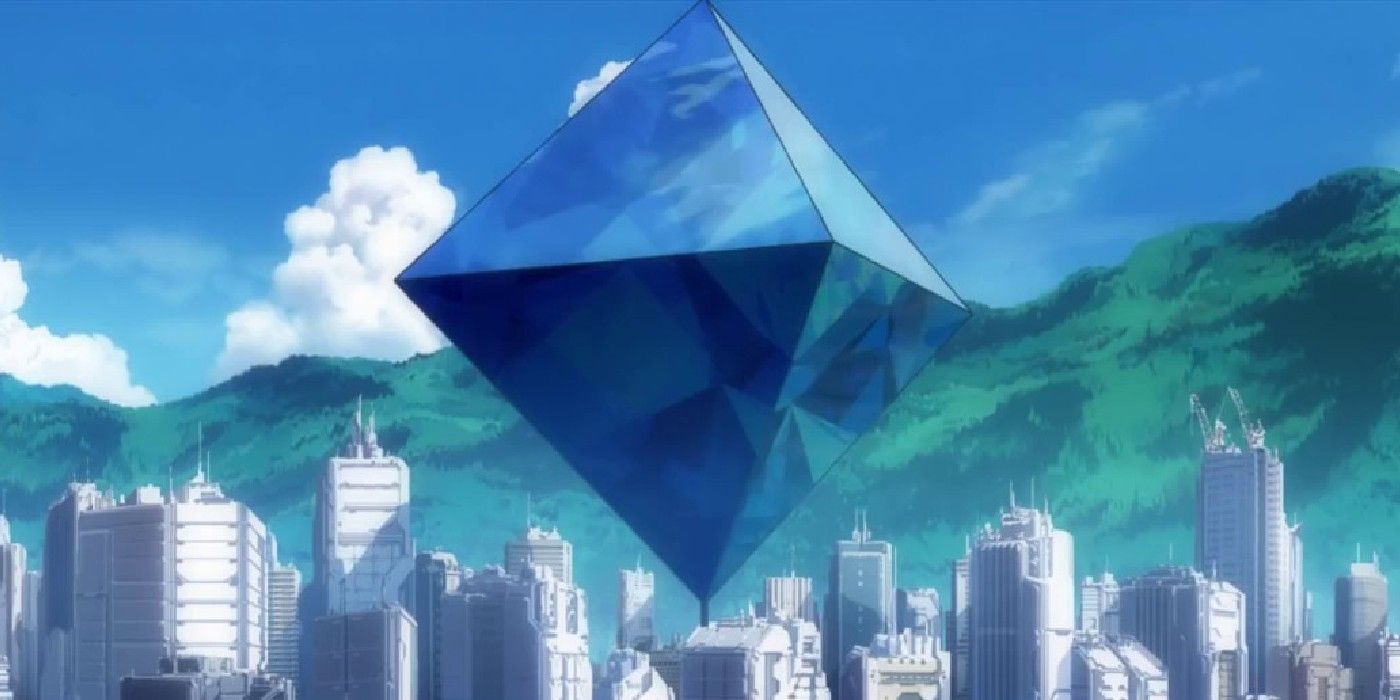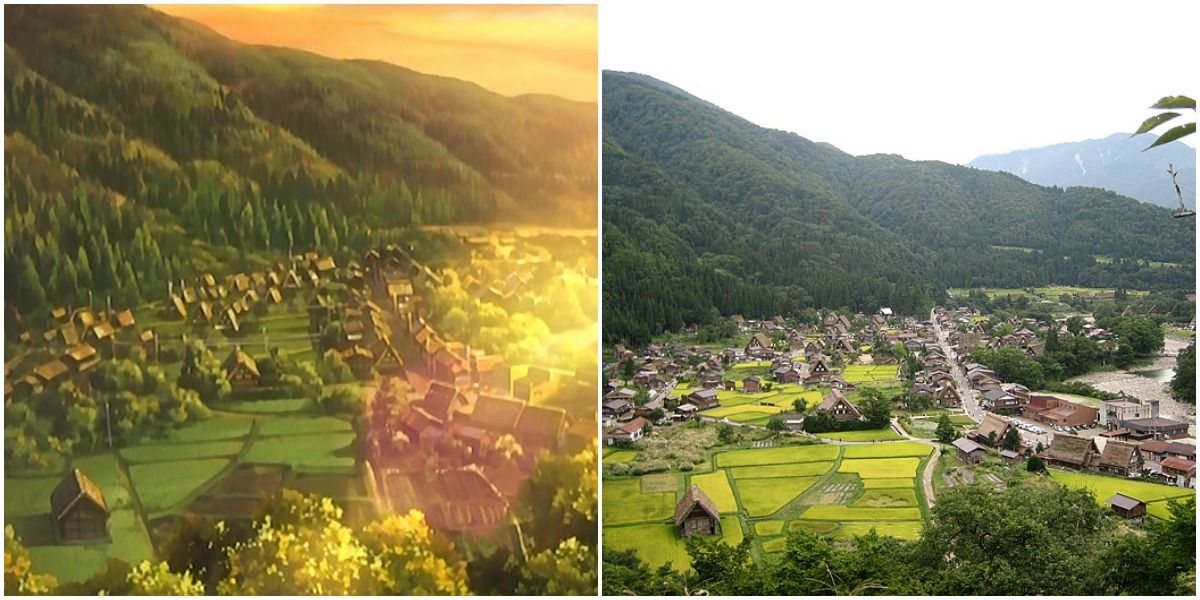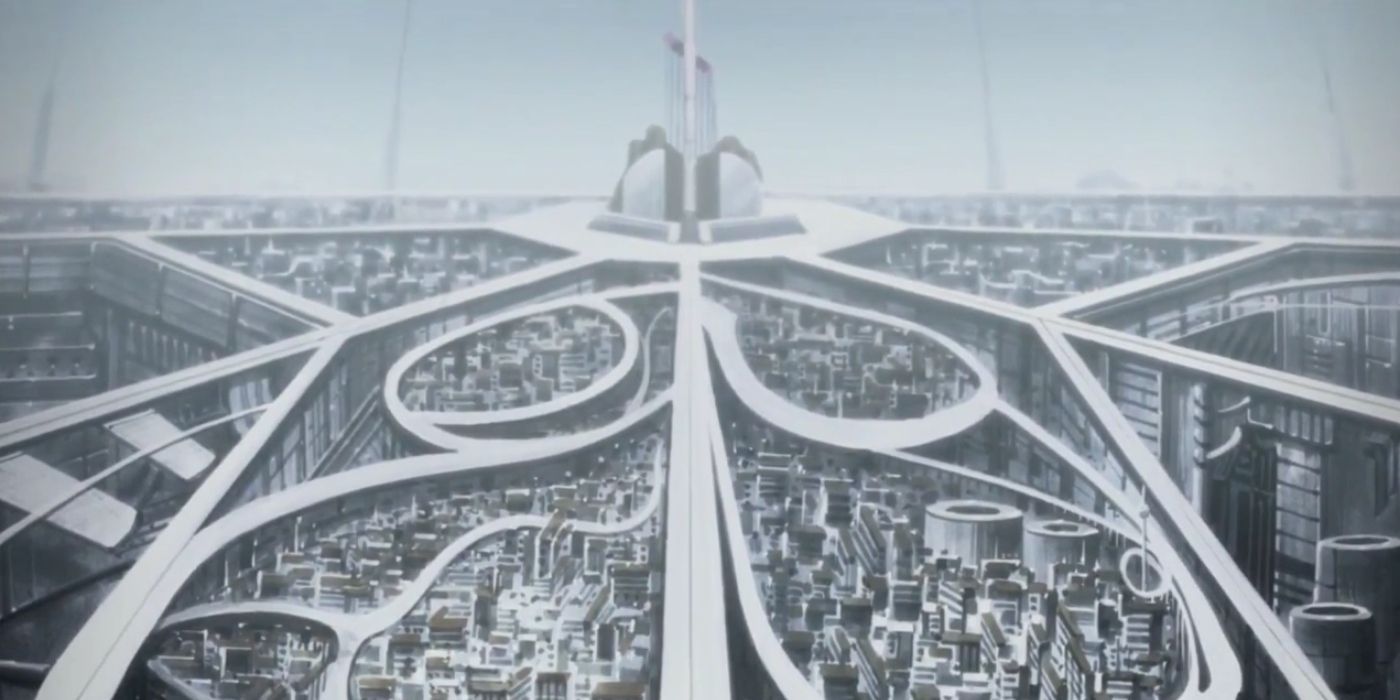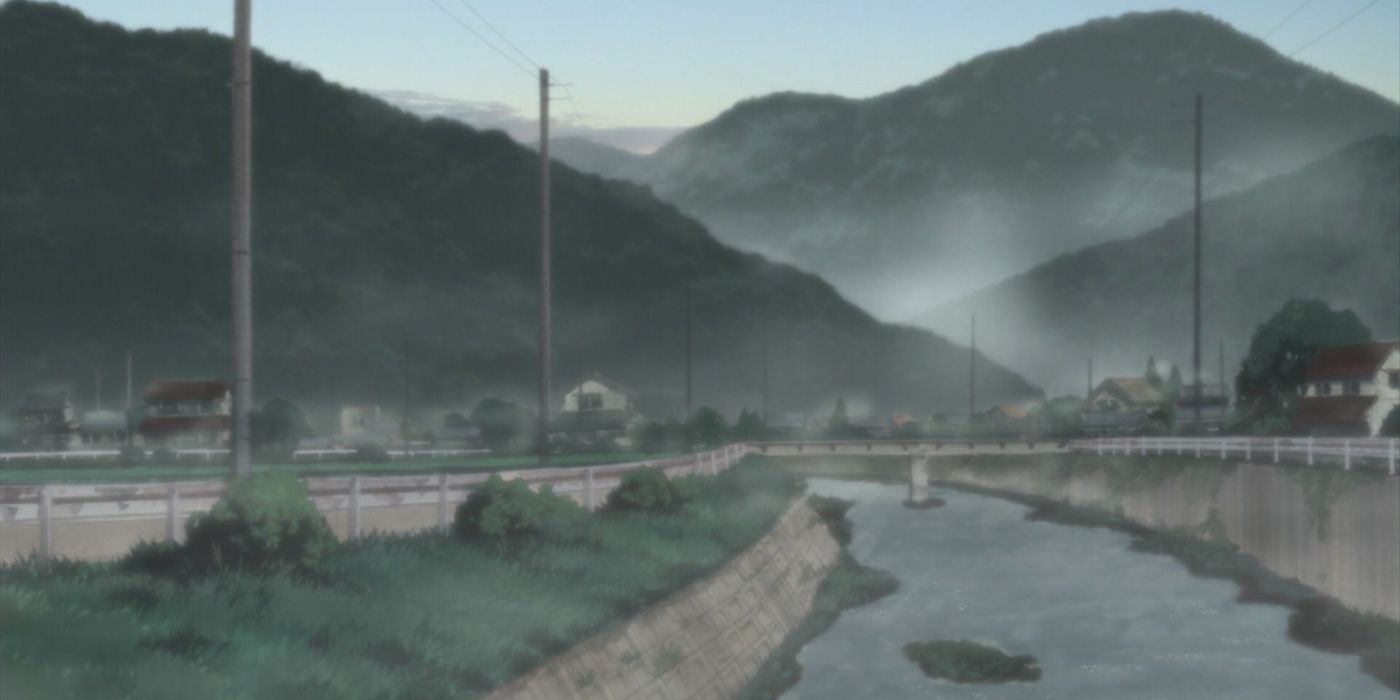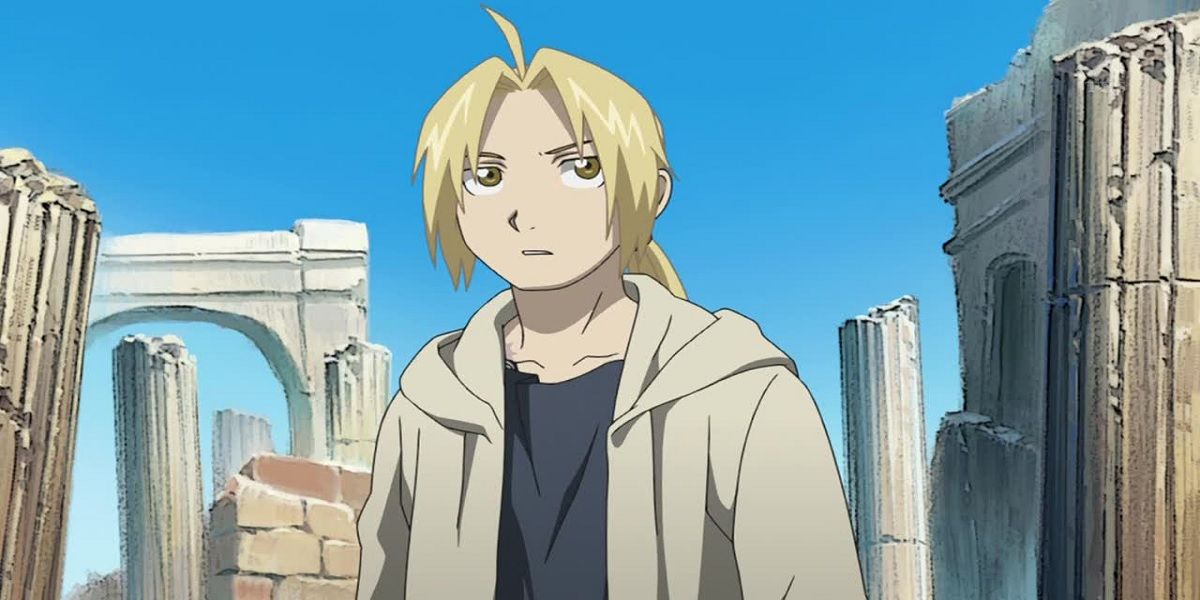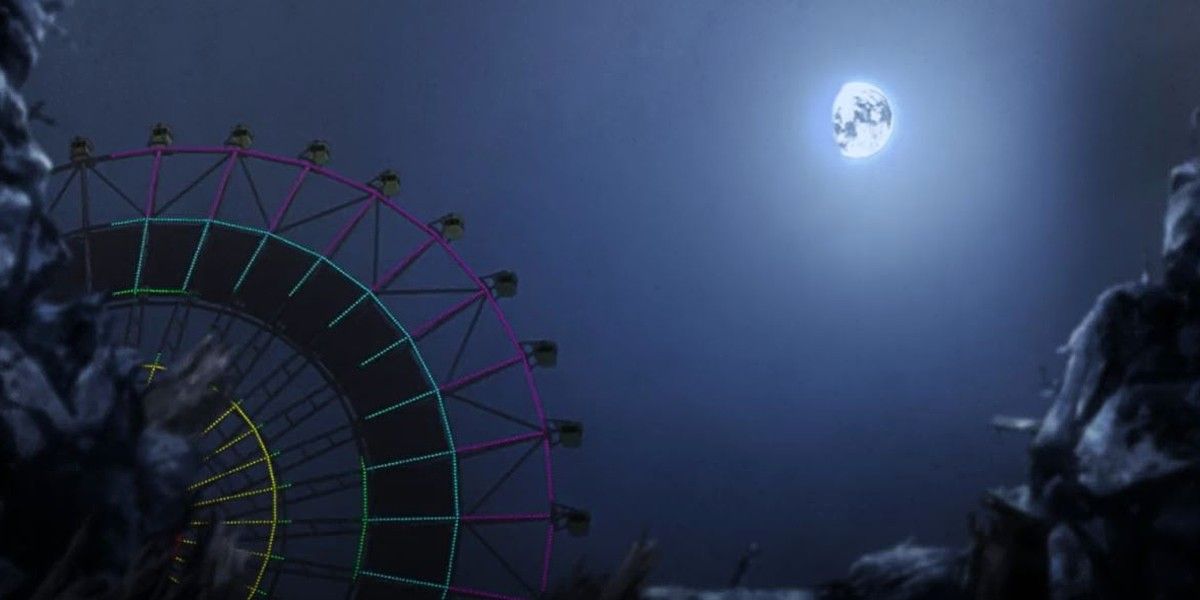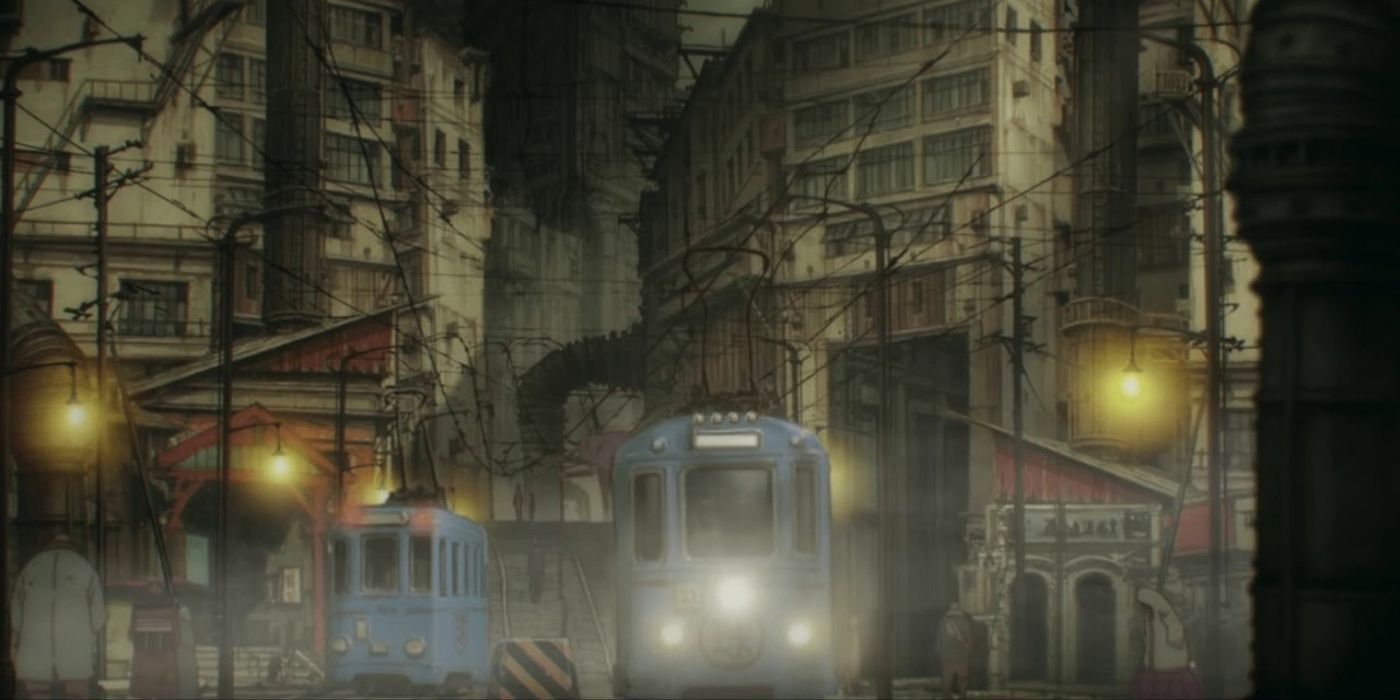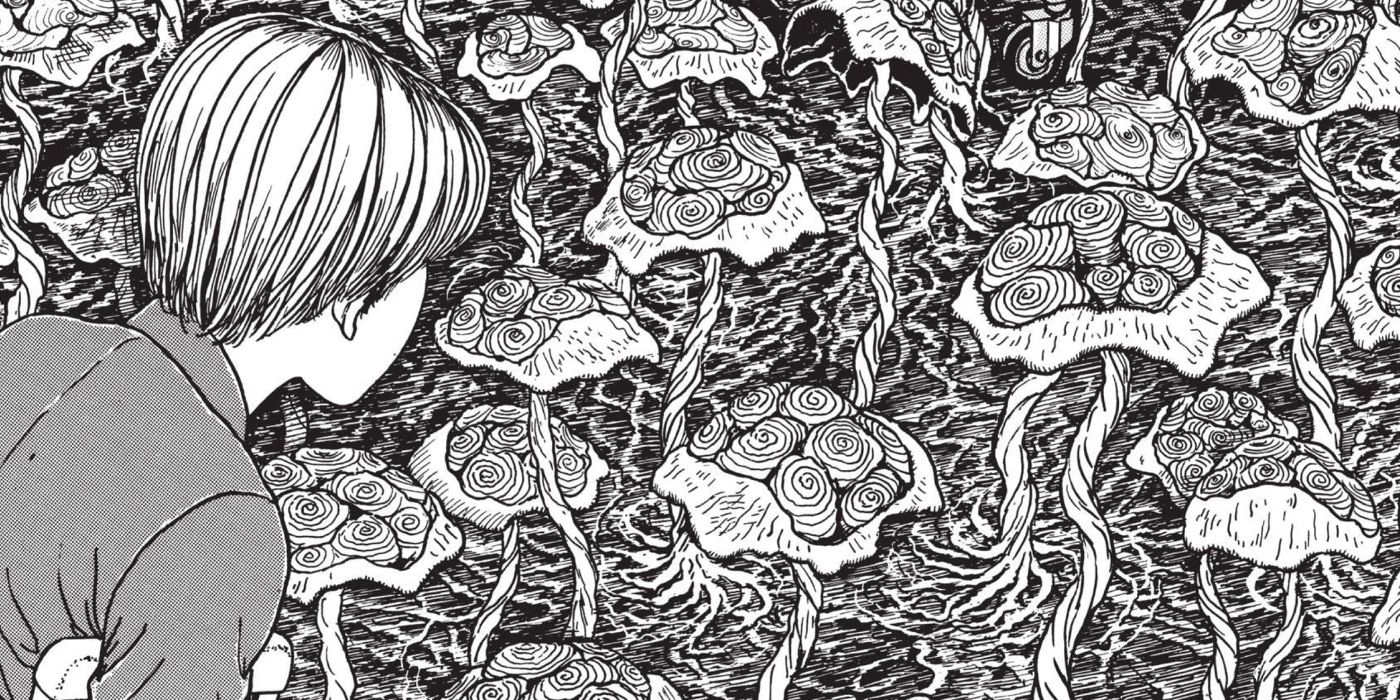Right now, living in the modern world doesn't feel especially great. Society is facing unprecedented challenges, compounded by our ability to connect to all these challenges and negativity online. There's no escaping how bad things have gotten.
And yet, it's rather heartening to know that things could be infinitely worse. In the realm of anime, daily life can be even more precarious, especially when dystopian sci-fi series have a say. A fair share of anime cities are inhospitable, dangerous, or just downright uninhabitable.
10 Paradis Isn't Just One City But An Entire Island Under Constant Siege (Attack On Titan)
Paradis is too ironic a name to take at face value, surely, but that's the name given to the island on which the bulk of Attack on Titan takes place. This is no holiday resort, but a penal colony, a prison reserved for Eldians, people whose genetic predisposition gives them the potential to transform into titans. To say Paradis is hell on earth might be unfair to hell.
Those raised on Paradis have no memory of history before they formed a semi-functional civilization on the island, and they've little understanding of what the titans actually are. At the beginning of the series, citizens view the constant onslaught of enormous cannibalistic monsters as a fact of life. Few settings have ever felt so fraught with danger, and few rebellions have ever seemed so warranted, though Eldians themselves are not exempt from crimes of war.
9 Neo-Tokyo Is Dystopia Personified (Akira)
Among the most iconic of dystopian cities is Neo-Tokyo of Akira. The city envisioned in the post-apocalyptic classic is recognizably Tokyo, but it's not any version worth living in. In the wake of the child Akira's nuclear-esque explosion, Neo-Tokyo was built upon the ruins of old Tokyo, and its twisted origins are apparent in every facet of its design.
The city is corrupt, violent, and gritty to the utmost, its denizens as lawless and crude as those imagined in Anthony Burgess's A Clockwork Orange. Gang violence and human experimentation are par for the course here. A city reflects its people, and in the case of Neo-Tokyo, the image isn't flattering.
8 Tokyo-3 Is Braced For More Disaster (Evangelion)
In the real world, Hakone, a gorgeous mountain town that stands in plain view of Mt. Fuji, is one of greater Tokyo's most popular tourist destinations. In addition to being home to several resorts, a gorgeous shrine, and bizarre ferries designed to look like garish pirate ships, Hakone is famed for its handmade woodwork and, peculiarly enough, its ties to Neon Genesis Evangelion. Tokyo-3 is said to stand where Hakone stands today, and the local community has embraced this fact by incorporating the franchise into its tourist campaigns.
However lovely the real Hakone may be, Tokyo-3 is no one's dream destination. Home to NERV and most of the Evangelion characters, Tokyo-3 constitutes Japan's second attempt at rebuilding Tokyo after the First and Second Impact leveled the original city, leaving it in drowned ruins. Tokyo-3 seems destined to meet the same fate, and emergency drills and Angel attacks have become a disturbingly mundane aspect of life.
7 Hinamizawa Is Far From The Perfect Countryside Getaway (When They Cry)
Don't be fooled by golden sunsets and grassy fields: Hinamizawa is no picnic. The pastoral town that serves as the setting for When They Cry is as deceptive as the show's cast of characters, and what seems safe and friendly has the potential to become deadly without notice.
In fact, those who live in Hinamizawa are susceptible to a parasite known as the Hinamizawa Syndrome parasite, which infects the brain and, when incited by trauma or intense emotion, leads its hosts to commit violent, paranoid acts. There's something in the water here, and it's nothing good.
6 Romdeau City Is A Lie Worthy Of Asimov (Ergo Proxy)
Often, it's a utopia that's gone entirely wrong that defines a dystopia, as evidenced by a deeply stratified society. Such is the case in Ergo Proxy. Romdeau is, on the surface, a successful and even thriving society, but its futuristic construction belies a corrupt world indeed.
Emotions are seen as unnecessary in this domed city, and beyond the confines of its glass walls, the world is a wasteland, ruined by environmental destruction. Romdeau is a city that deliberately has no personality, no culture, and no color. Yet, between this and the unlivable wasteland, the choice is obvious.
5 Sotoba Is Being Overrun By Vampires (Shiki)
Anyone who grew up in a rural community knows that the woods and the wilds offer just as much terror as city streets after dark. It's commonly said that people in small towns know everyone, and that is one of the reasons that Megumi, the young girl introduced in the first episode of Shiki, wants to leave town and make for the big city.
Of course, Sotoba has a more sinister problem than most small towns, as the community suffers a series of horrific, inexplicable deaths that are eventually revealed to be tied to a proliferation of vampires in their midst. A country vacation town this is not.
4 Xerxes Was Decimated Overnight (Fullmetal Alchemist: Brotherhood)
By the time viewers are introduced to the city of Xerxes in Fullmetal Alchemist: Brotherhood, the place is nothing but ancient ruins. But, like Pompeii, those ruins were once a flourishing city, and, as the story progresses, the audience comes to learn more about the devastation wrought on Xerxes centuries before Ed and Al were ever born. Life in Xerxes should have been golden but became apocalyptic in a heartbeat.
Xerxes, named for its king, was an advanced society that disappeared overnight. In an attempt to achieve immortality, the king murdered the bulk of his own people, coaxed by a homunculus into harvesting their souls to create a Philosopher's Stone. The people died horribly, and the king did not achieve immortality, though the homunculus and his servant, the Elrics' father Hohenheim, became immortal instead.
3 Deadman Wonderland Isn't Your Average Theme Park (Deadman Wonderland)
Not everyone loves theme parks, and there are solid arguments to be made for that opinion. Theme parks tend to be overcrowded, lines are long, children scream, and everything costs triple what it should. But even theme park devotees would have a hard time enjoying Deadman Wonderland, the eponymous setting of the 2011 anime.
What looks like a theme park is in fact a privately operated prison of demented proportions. Prisoners are fitted with collars that will poison them if they don't perform menial tasks to earn antidotal candy. Given the choice, there's no one who wouldn't pick a hellish day at Disney over a day in literal hell.
2 Hole Makes Magic Look Horrific (Dorohedoro)
Magic isn't what it's cracked up to be, at least not in the Dorohedoro universe. Sorcerors act more like mobsters and crooks fond of human experimentation, and the victims of their whims live primarily in Hole, the aptly-named dimension that our protagonists call home.
Hole is decrepit and grungy in the way many slums are, but the threat of the sorcerers and the constant attacks on its citizens, transformed by sorcerers trying to practice their magic, means the population is sinister on another level. Violence and body horror are daily experiences for the people in Hole, and as a result, they've become pretty monstrous in their own right, inured to the cruelty that seems to be their lot.
1 Kurouzu-cho Is A Nightmare Made Real (Uzumaki)
The Junji Ito manga Uzumaki is a cult classic work of weird horror and among the most disturbing works of any medium. The setting, Kurouzu-Cho, isn't any ordinary town but a town that's gradually becoming infected with spiral patterns.
While this sounds more bizarre than actually threatening, the way this theme plays into body horror elements and gradually deforms the entire community, transforming it into a vortex-rife hell, is deeply harrowing. Monsters are one thing, and can even be fought. But patterns are intangible enough to be undefeatable and unavoidable.

